
Cilantro is the Spanish name,
Chinese parsley is the same;
so coriander grows in fame,
and around the world makes pleasing dishes
with meats, vegetables, fruits and fishes.
—Carolyn Dille and Susan Belsinger
Herbs in the Kitchen
The summer is nearly here (solstice this Friday) and the garden is honking! Coriander is one of the plants showing off right now. Planted early in the season, I have been harvesting it since April and those plants with their lacelike leaves are flowering and have become a bit leggy; I will let them go ahead and produce seed. My second crop, planted 4 to 6 weeks after the first is lush and green and starting to send up stems and produce the lacy foliage-which means flowers aren’t far behind. So I need to whack it back and make some green chile sauce with it. Yesterday, when the moon was right for aboveground crops and before it rained, I sowed another pack of cilantro seeds to ensure having the herb when the chiles start coming in. I will sow it again in another 6 weeks, which will take me into chile harvest and salsa making, and then sow it one more time to have it through the fall months.
Coriandrum sativum, also known as cilantro and Chinese parsley is native to southwestern Asia and northern Africa. It is a member of the Apiaceae (Umbelliferae); carrot or parsley family. This small, erect annual, which reaches about 2-to 3-feet in height in flower and has bright green, aromatic foliage which becomes fern-like as it matures, and then produces white flowers borne on umbels, which turn into round tan seeds. The life cycle of cilantro is so quick, it is best to sow seed; buying plants is rather futile, since once you plant them they are going to want to bolt right away. And one needs many more than a few plants.
Sow coriander seed directly in the garden in well-drained soil; coriander likes sun, however it will grow in part shade. In my Zone 7 garden, it likes cool spring weather and early fall and it doesn’t bolt nearly as quickly as it does in summer heat. Since it is easy to grow and sets seed fast, I plant it starting in my salad bed in early spring and continue sowing it every 4 to 6 weeks throughout the summer, to ensure continual harvest. Depending on the variety, plants can reach two, or up to three feet with their seed stalks which produce green,spherical seeds. Harvest the seeds just before they turn brown. I grow ‘Slow Bolt’ and ‘Long-Standing’ which have thicker stalks and give you (about) an extra 21 days or so before blooming and setting seed.
The Greek word koris is the word for bedbug and is the root of koriannon. The odor of coriander and bedbugs are often associated, since they are both described as stinky. I have always enjoyed the aroma and flavor of cilantro, although there are some who absolutely cannot tolerate it. In the past few years, we have had an infestation of stinkbugs in Maryland and when crushed or annoyed, the dang bug gives off an overwhelming odor of cilantro-intensified by about 20 times. This has caused me to realize why some folks do not like the smell or taste of cilantro. Recently, I read in the Drunken Botanist by Amy Stewart, under her coriander entry: “The essential oil found in the fresh leaves and on the surface of unripe fruit is instantly recognizable and not to everyone’s liking, owing to genetic differences in how people perceive flavors.” I find it fascinating that our sense of smell has to do with our genes and can make us like or dislike a certain fragrance or flavor.
For the kitchen, harvest bright green, small-lobed leaves early on-keeping the plants cut back helps to slow down bolting. The second level of lacy foliage is also good to eat; use flowers as you would leaves and also for garnish. Leaves and flowers are used in Asian, Indian and Thai dishes like stir fries, raitas, salads, vegetables, and in Southwestern-style dishes like guacamole, beans, salsas or tostadas, and are tasty with corn, squash, peppers, especially chiles, eggs, chicken, seafood, citrus fruits and pineapple. Here is a link to my favorite Quick and Easy Homemade Salsa.
If you haven’t done it already, get out there and sow some coriander seed for summer harvest!
Fine Gardening Recommended Products
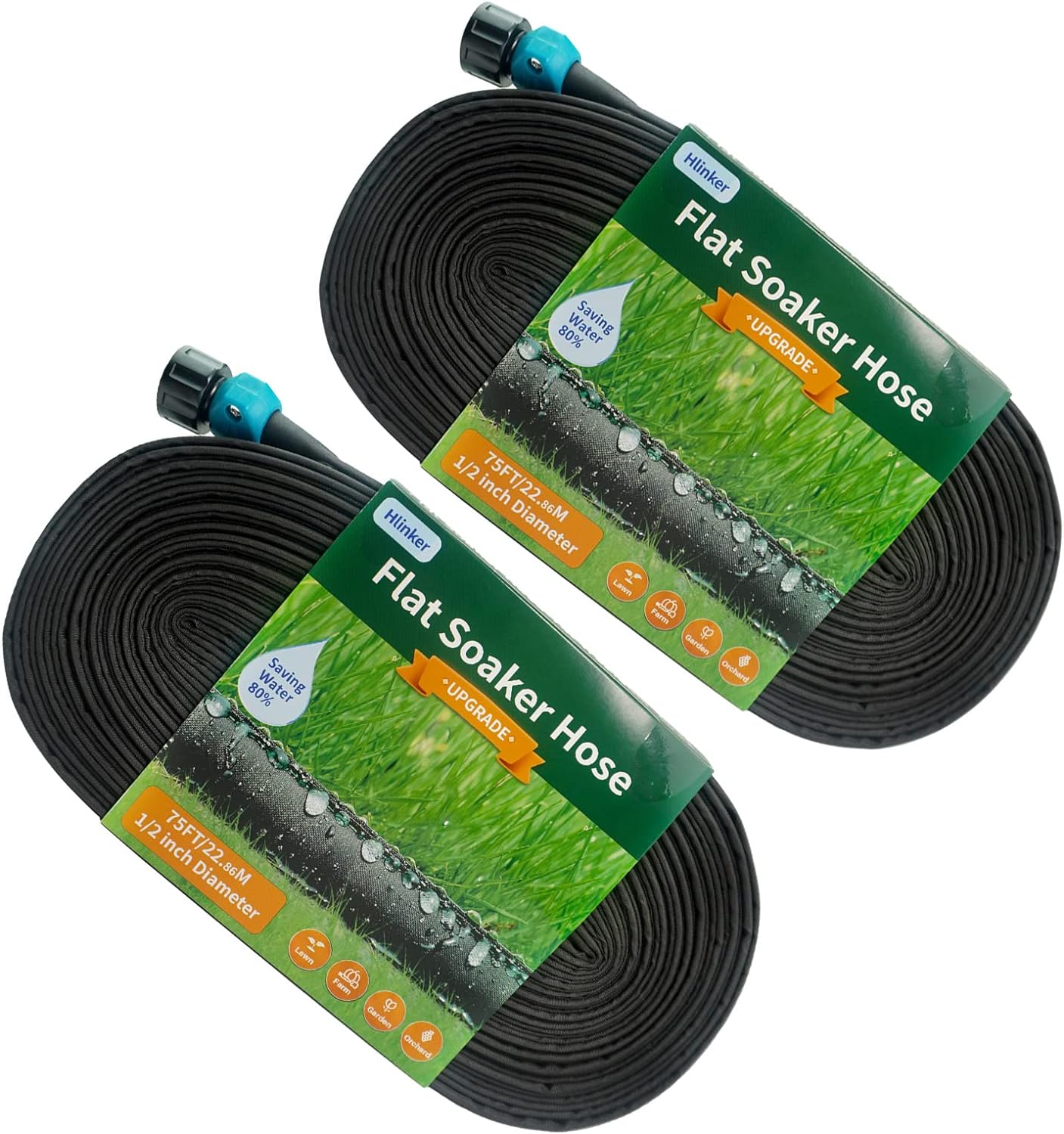
Flat Soaker Hose 75 150 FT for Garden Beds
Fine Gardening receives a commission for items purchased through links on this site, including Amazon Associates and other affiliate advertising programs.

A.M. Leonard Deluxe Soil Knife & Leather Sheath Combo
Fine Gardening receives a commission for items purchased through links on this site, including Amazon Associates and other affiliate advertising programs.

Corona® Multi-Purpose Metal Mini Garden Shovel
Fine Gardening receives a commission for items purchased through links on this site, including Amazon Associates and other affiliate advertising programs.


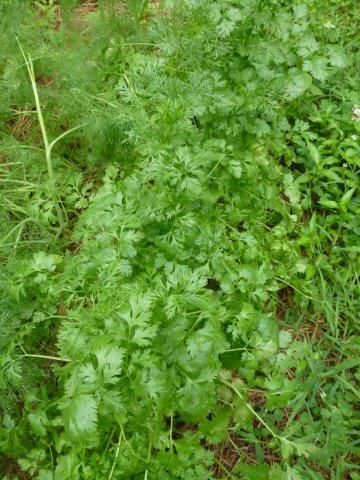
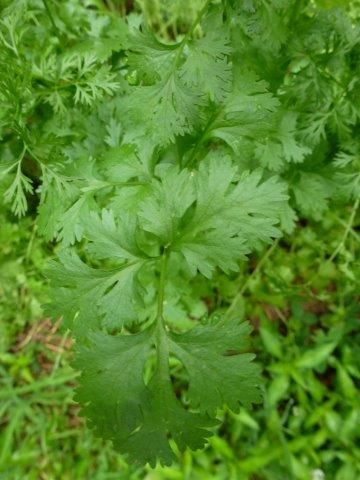
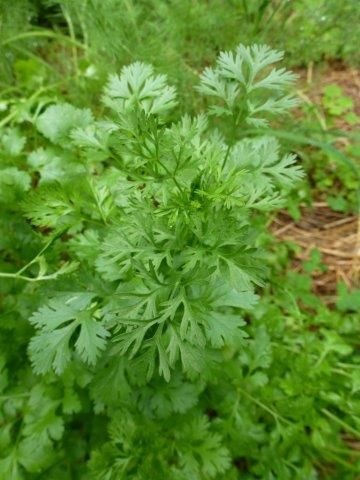

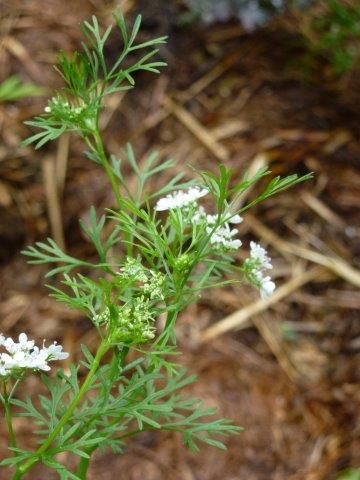
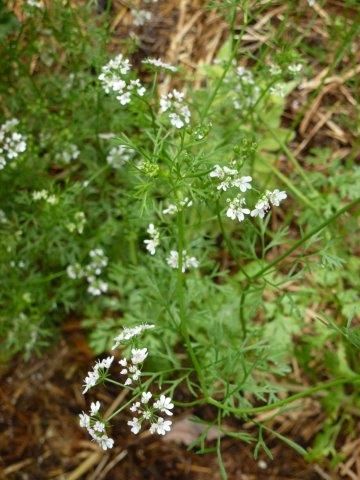

















Comments
Log in or create an account to post a comment.
Sign up Log in